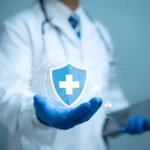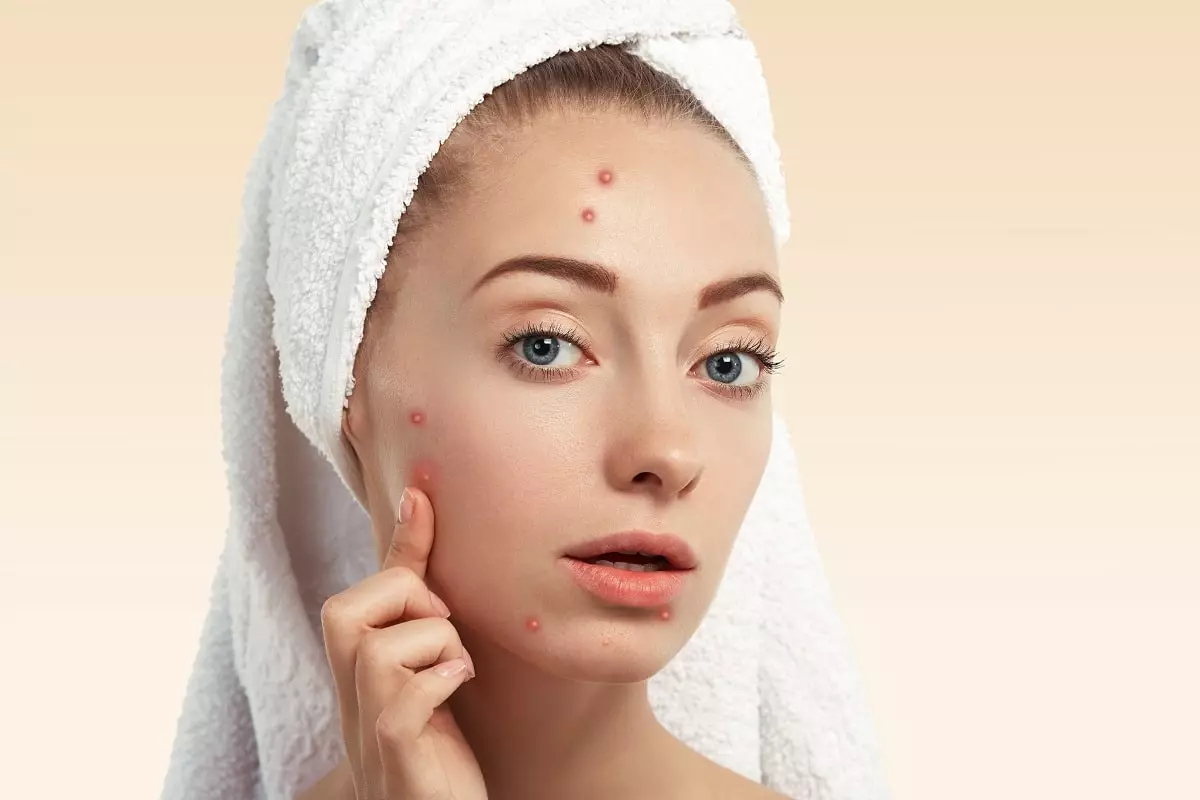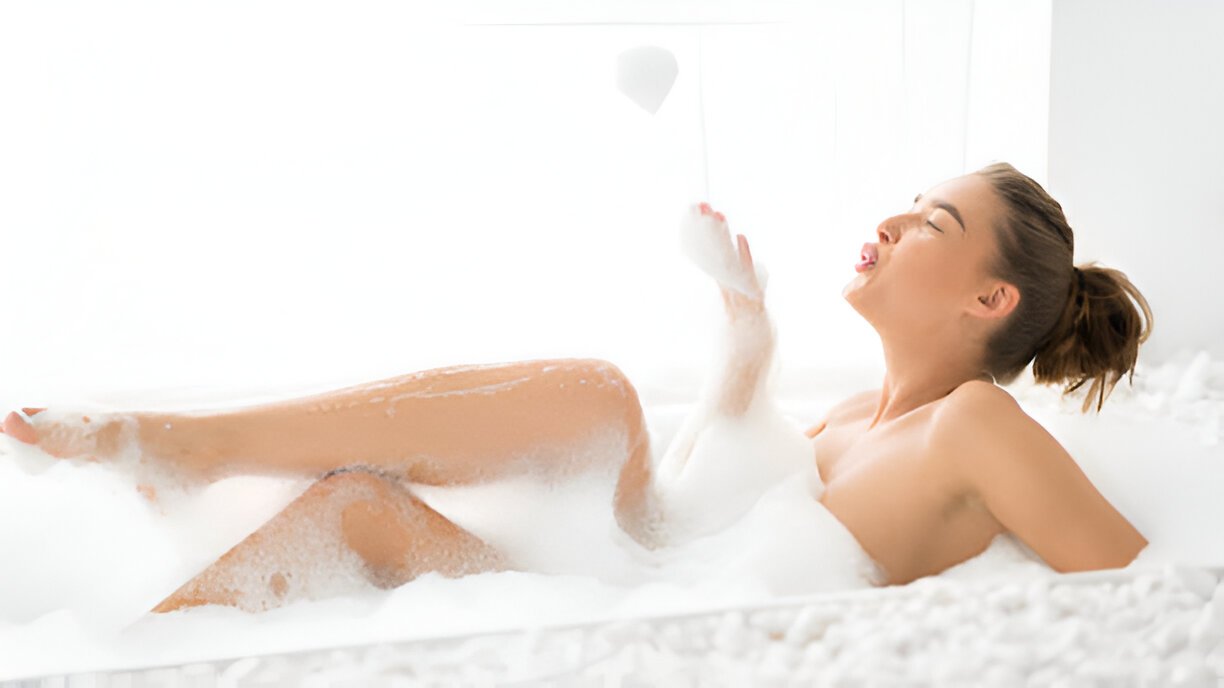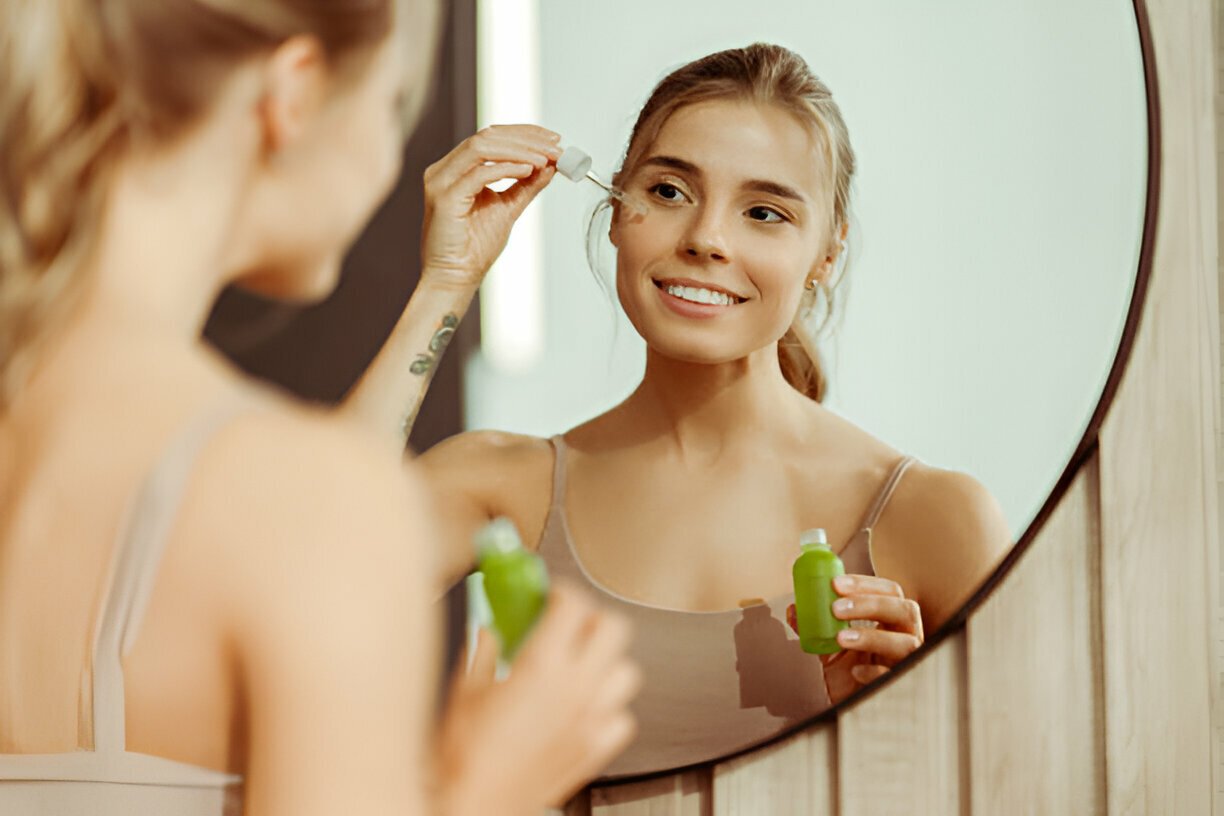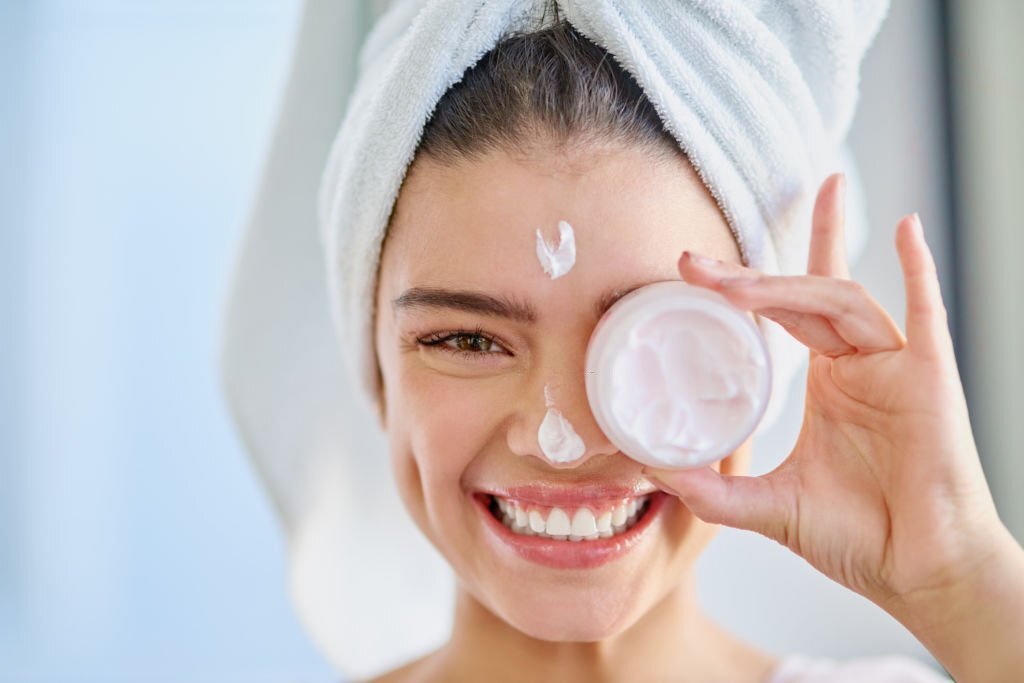Acne is not a fun thing to deal with. But what you may not realize is that you are dealing with a very specific type of acne known as fungal acne. But what is fungal acne? How do you get rid of fungal acne? What causes fungal acne?
Knowing the fungal acne symptoms as well as the various possible treatments can shed some light on the issue. With a clearer idea of what it is you are contending with, you can move forward with a treatment method that makes the most sense for you.
What is Fungal Acne?
Before we can know how to Treat fungal acne, it helps to know “what does fungal acne look like?” How do you get fungal acne? Knowing where it starts and what it looks like are as important to treat it as anything else.
Fungal acne is a certain type of infection in your hair follicles. For the most part, they commonly appear in the form of small pimples. Those small pimples tend to be about the same in size and shape. They also tend to come with quite a bit of itching as well.

Fungal acne can also lead to skin irritation and whiteheads. Don’t confuse it with acne vulgaris, however. The latter is the acne that most commonly has both whiteheads and blackheads. Keep in mind that each of these types responds differently to different treatments. If you use anti-acne treatments on fungal acne, you may actually make it worse.
What are the Causes and Symptoms of Fungal Acne?
Fungal acne on the face, in particular, can be tough to live with. Having an understanding of fungal acne vs bacterial acne and having a fungal acne skincare routine are two essentials to properly combatting the issue.
There are several conditions that can upset the very important balance of fungi and bacteria within our bodies. Moisture is a major one. When moisture, particularly sweat, gets trapped in clothing for too long, yeast growth is encouraged. Wearing workout clothes repeatedly without washing them can expose skin to fungi growing within the clothing.
Dietary changes can also lead to fungal growth. Fungi and yeast tend to feed on things like carbohydrates. When you take in carb-rich foods, it can further the growth of that bacteria and result in acne.
Lack of airflow is another major factor. When wearing tighter clothes, friction and sweat are encouraged. With less airflow to combat it, this is the type of environment that is ripe for growing yeast. Ditto for warmer climates where sweating becomes much more likely to occur.
The symptoms are pretty similar which is why there are so many misdiagnoses. The size tends to be the same between bacterial acne and fungal acne. Bacterial acne is what causes whiteheads and pimples of various sizes, though both have bumps.
Fungal acne tends to be most common on the body, though. That’s not to say it can’t be on the face, it just tends to be prevalent on your back, chest, and arms.
Fungal acne is often accompanied by itching. This is the biggest difference between fungal acne and bacterial acne. The latter rarely leads to itchiness. If you notice those bumps accompanied by itchiness, you can be certain that you have fungal acne.
Finally, fungal acne tends to appear in clusters comprised of small whiteheads. If you notice a batch of bumps or whiteheads, you are dealing with fungal acne. Should they be more sparse and a bit less clustered, then you are contending with bacterial acne instead.
How Light Therapy Can Help for Acne?
Light therapy for acne is proving to be a more common treatment. There is red light therapy for acne, blue light therapy for acne, green light therapy, even light therapy for acne scars. There is even a Neutrogena light therapy acne spot treatment. In some cases, it is as simple as knowing how to use red light therapy at home.
Blue light therapy is most commonly used in treating acne breakouts. They have an antimicrobial effect, which makes it effective at killing the bacteria that can build in oil glands and pores, leading to breakouts.
While red light doesn’t offer the same antibacterial impacts, they can be just as effective. Red light therapy helps to promote healing which can work for scarring. Most notably, red light therapy has wonderful anti-inflammatory properties. It gets way down below the surface, soothing and repairing the tissue.
Tips How to Treat Fungal Acne?
There are a few things that you can do to treat fungal acne and help prevent it in the future. More often than not, it is treated improperly simply because it looks so similar to regular acne. If you are wondering how to get rid of fungal acne, how to treat fungal acne on your face, or are looking for a natural antifungal for things like neck ache, this may help.
Try showering on a more consistent basis. If you tend to sweat a lot, either from working out regularly or your job, showering more frequently and wearing fresh clothes can help. That can get rid of the excess yeast that may have begun growing.
On the same hand, wear looser clothing. When wearing tighter clothing, air flow can become restricted and friction can increase. Both of these can lead to an increase in fungal acne.
Finally, try body washes that have either selenium sulfide or pyrithione zinc in them. These can help to control breakouts and prevent future breakouts.
Conclusion
If you deal with chronic acne or even fungal acne, then there are more than a few remedies to be had. Identifying the problem is of the utmost importance. Misidentifying acne can lead to improper treatment, which can lead to further issues.
Take the time to find a treatment that works for you as well. Some treatment methods are more effective than others. That means saving time and energy (and a lot of frustration) that would be experienced through another method.

